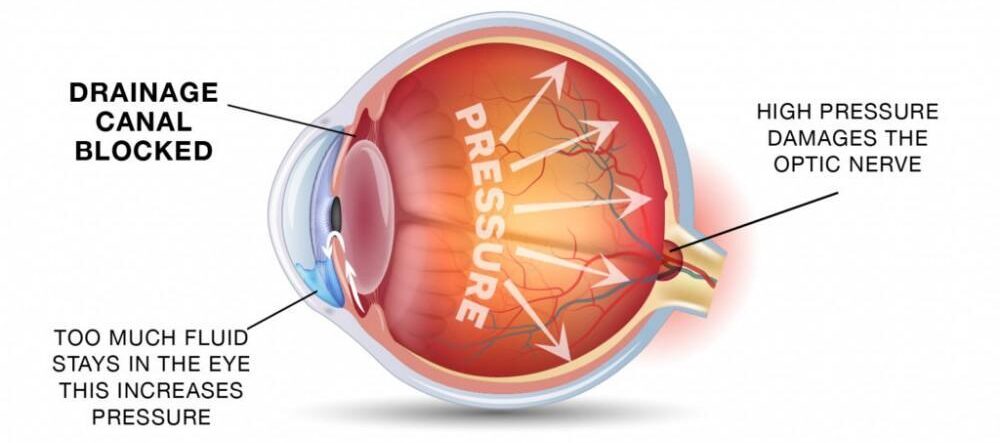Mungale Eye Hospital is a super specialist eye care treatment center which serves each patient with an objective to prevent deterioration to correcting vision related problems. Our eye specialist Dr.Meeta and Dr. Sachin Mungale can efficiently do this due to their years of experience, expertise, knowledge and an exceptional array of corrective procedures and implementation of cutting edge technology to treat their patient in a better way.
Keratoconus
Corneal Infection
Transplantation
Chemical Burns
Dry Eye
Allergy
Steven Johnson Syndrome
At MEH we have tonometers as shown below, which measures the eye pressure.
It measures corneal thickness corneal thickness affects glaucoma management, hence measurement of corneal thickness is very important.
OCT is very useful in assessing the structural damage to the eye. It helps in identifying early glaucoma cases.
1) Conventional Surgery
2) MIGS (Minimal Invasive Glaucoma Surgery)
3) Valve Surgeries
4) Surgery for Congenital Glaucoma
Posted onTrustindex verifies that the original source of the review is Google. Best hospital for glucoma. And eye diseasesPosted onTrustindex verifies that the original source of the review is Google. I was thoroughly impressed with the care and service I received. The doctors were knowledgeable, skilled, and took the time to explain everything in detail. The staff was friendly, courteous, and professional especially Sharad Bhai is an excellent person and I'm grateful for the expertise and compassion shown by them. The follow-up care was also excellent, with clear instructions and support. I would highly recommend to anyone seeking top-notch eye care.Posted onTrustindex verifies that the original source of the review is Google. I had visited for eye test, staff was very supportive and helpfulPosted onTrustindex verifies that the original source of the review is Google. Hospital's staff and doctor is best and their facility also best✨Posted onTrustindex verifies that the original source of the review is Google. Nice hospital very good staff and doctorPosted onTrustindex verifies that the original source of the review is Google. Good experience in the Hospital.Posted onTrustindex verifies that the original source of the review is Google. Good SarvicePosted onTrustindex verifies that the original source of the review is Google. Doctors is very polite & staff is very co operative!Posted onTrustindex verifies that the original source of the review is Google. I have been visiting Mungle Eye Hospital for the past 3 years and every time, my experience has been truly excellent. Both doctors are extremely kind, professional, and genuinely caring. I always consult with ma'am for my treatment, and she listens patiently, explains everything clearly, and ensures complete comfort throughout the process. The atmosphere of the hospital is very warm and welcoming, and the entire staff is supportive. I am highly satisfied with the treatment I have received here, and I truly trust their expertise. A big thank you to both the doctors for their dedication and care. I would highly recommend Mungle Eye Hospital to anyone looking for quality eye care with a personal touch.Posted onTrustindex verifies that the original source of the review is Google. Dr. Sachin Mungle Sir is a very talented doctor and his team is also good.
Emergency
Working Hour
Mon-Sat 9-8 PM
Sunday Closed

Quick links
Working Hours
Monday – Saturday
9:00AM TO 8:00PM
Sunday CLOSED
© 2025 | Mungale Eye Hospital | All Rights Reserved | Maintained by Wizrdom


✔ Comprehensive Glaucoma Work-up
✔ Applanation Tonometry
✔ Pachymetry
✔ Disc Photography
✔ Perimetry
✔ Anterior Segment OCT
✔ Optical Biometry
✔ Phaco-Trab
✔ Trabeculectomy+/-Mitomycin C
✔ Trabeculectomy+/- Trabeculectomy
✔ MIGS
✔ Implant Surgeries (Ahmed Glaucoma Value)
✔ Bleb revision and repair
✔ GATT (Gonioscopy Assisted Transuluminal Trabeculotomy)

✔ Comprehensive Cornea work-up
(with imaging)
✔ Microbial Keratitis
✔ Dry Eye Evaluation
✔ Chemical Burns Management
✔ Allergic Eye Disease
✔ Microbiology
✔ Pachymetry
✔ Topography
✔ Contact lenses
(incl. Keratoconus and Scleral Lenses)
✔ SPECULAR EM-3000
✔ Anterior Segment OCT
✔ Optical Biometry
✔ Corneal foreign body removal
✔ Corneal tear repair
✔ Bioadhesives
✔ Pterygium Excision with Autograft
✔ Amniotic Membrane graft
✔ Penetrating Keratoplasty
✔ Deep Anterior Lamellar Keratoplasty / DSEK / DMEK
✔ Patch Grafts
✔ Anterior Stromal Puncture
✔ Punctal Plugs
✔ Phakic IOLs